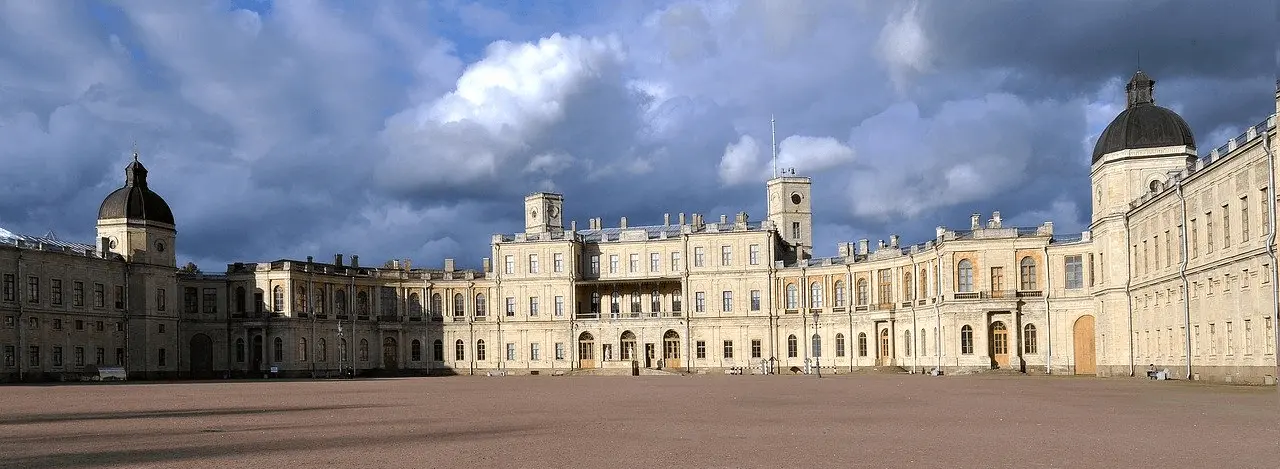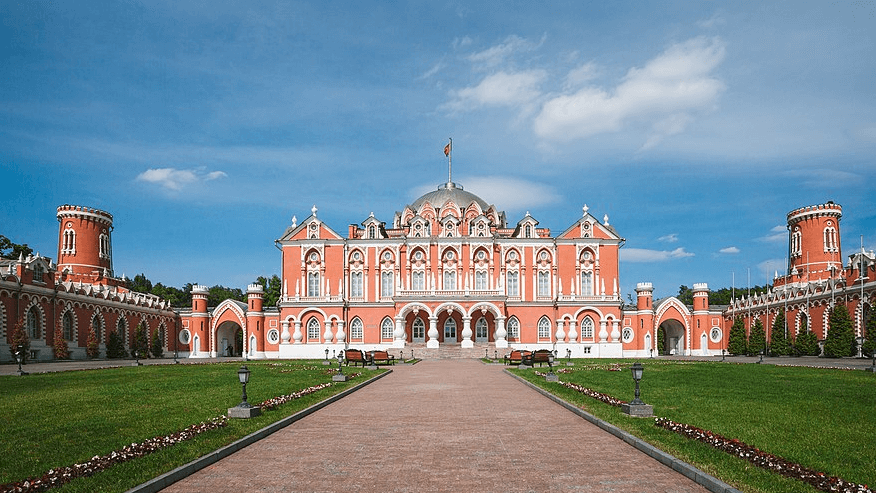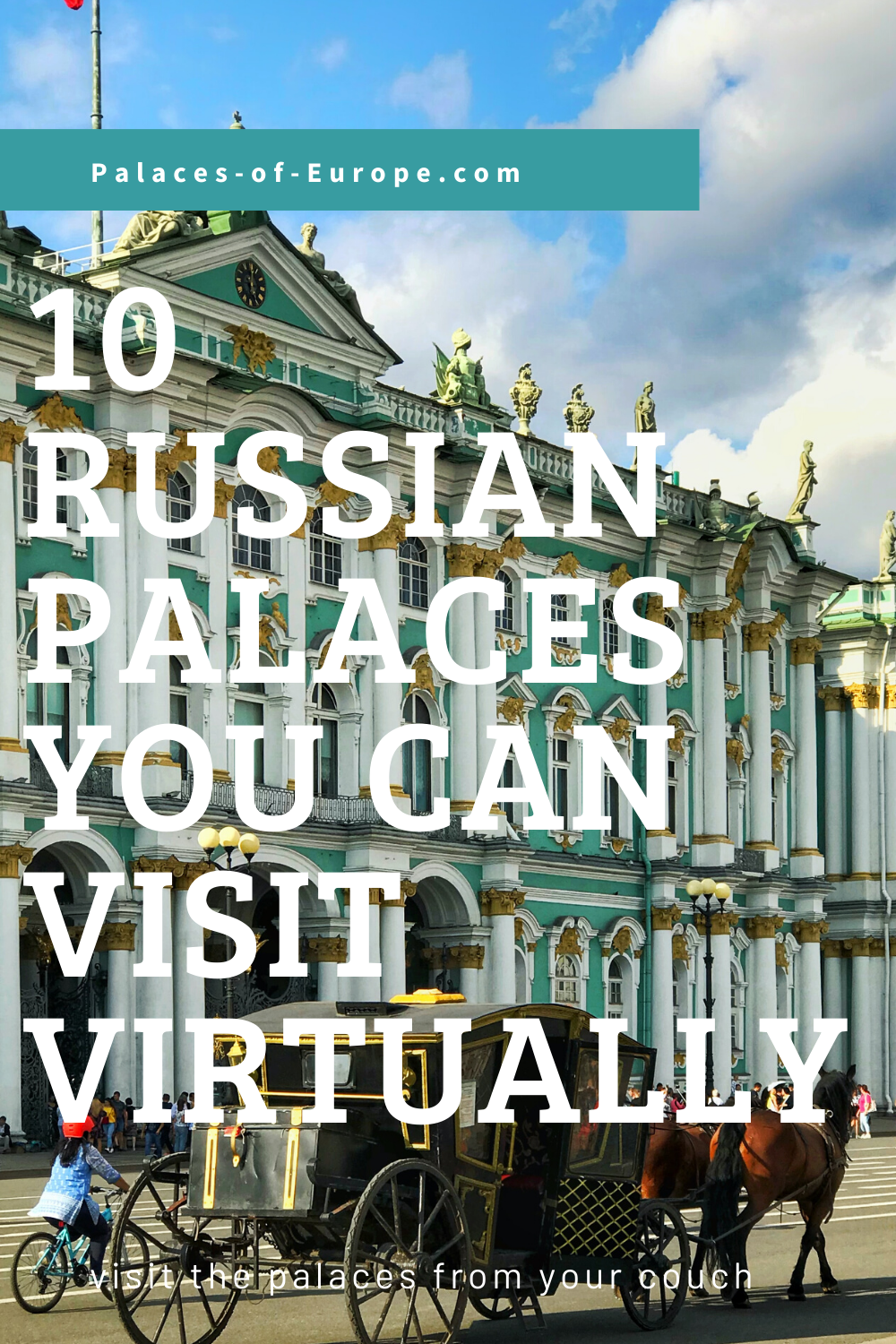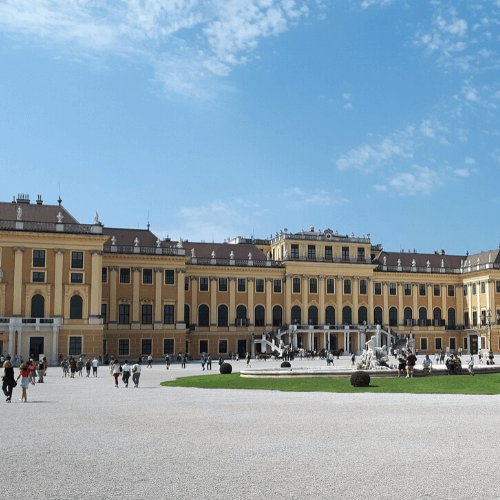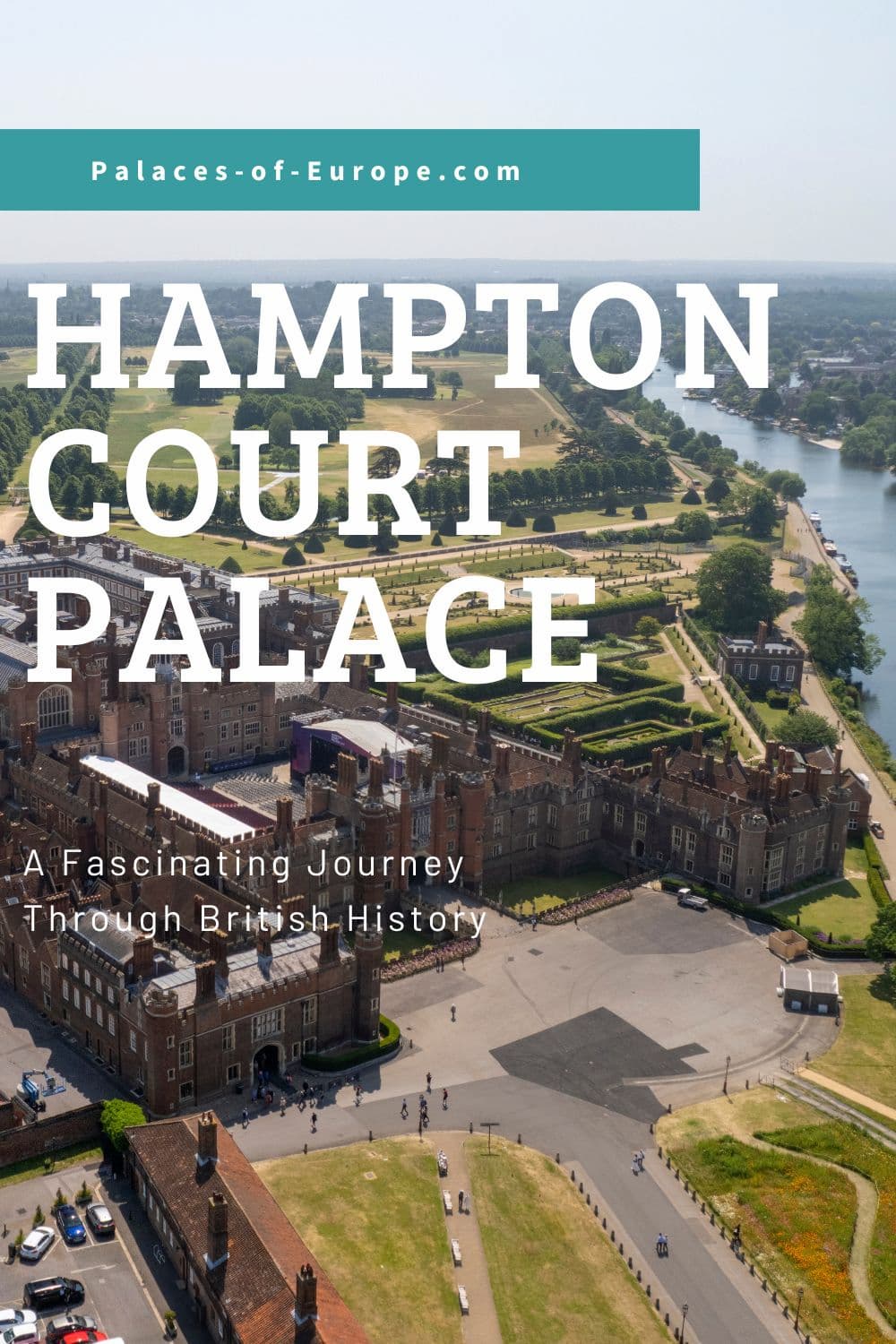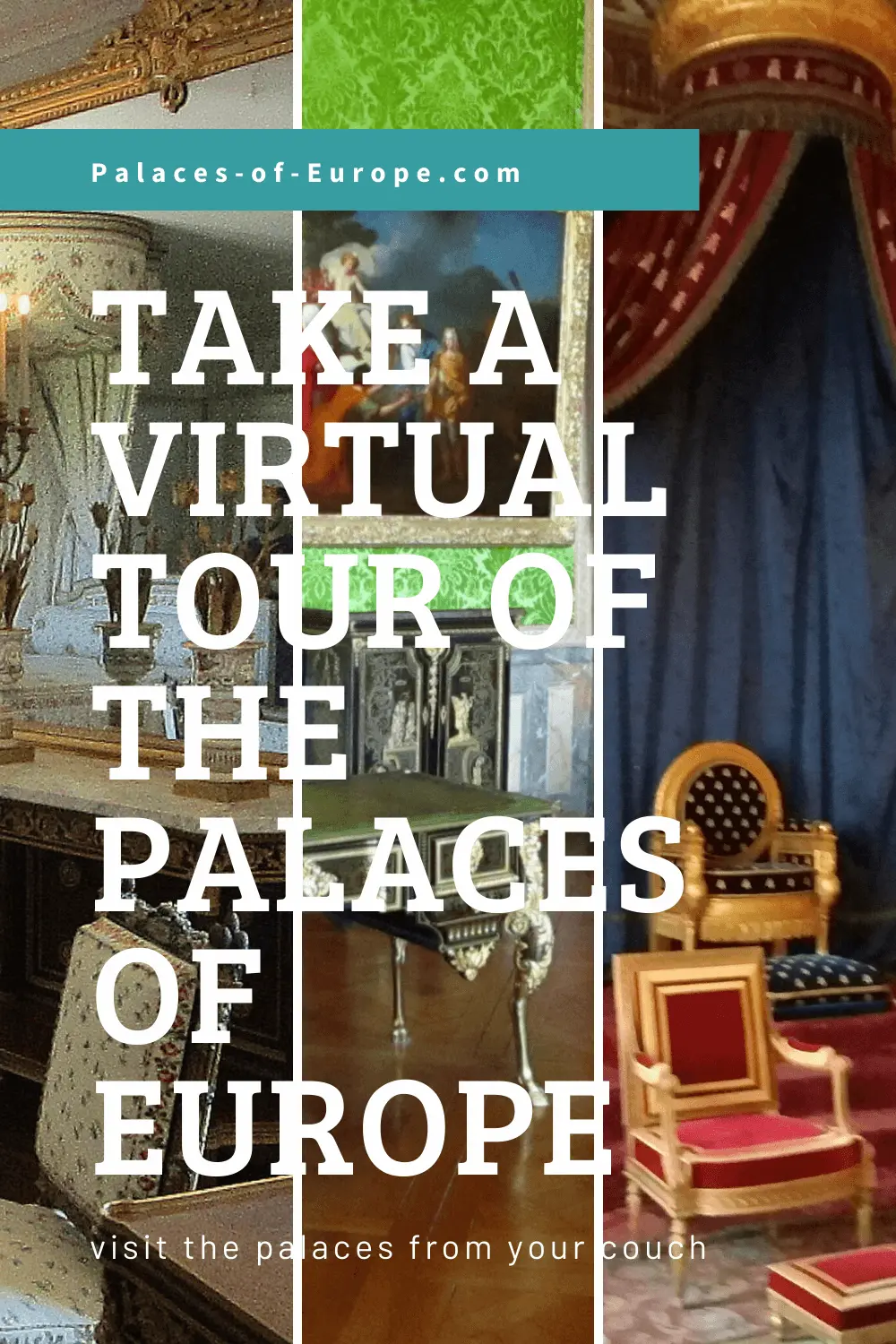10 Russian palaces you can visit virtually
How to explore sites using Google Street View
In the images below you can click "View on Google Maps".
Look for the blue lines and dots: When you open a Street View location, you'll see a map in the corner. Blue lines indicate streets and paths you can virtually "walk" down. Blue dots represent specific locations captured in 360 degrees, allowing you to explore all around.
Navigate the streets: Click and hold on a blue line to virtually move down that street. Dense clusters of blue lines often indicate indoor spaces like buildings or gardens. In these areas, arrows will appear to guide you as you explore.
Change your perspective: Click on another blue line on the map to jump to a different street or area. Alternatively, you can drag the little yellow pegman (the Street View icon) directly onto the map to choose where you want to go next.
A virtual vist to the Russian palaces of the Romanovs
The palaces of the Romanovs come in a variety of colours; yellow, blue, green and pink. Many of them can be found in and around Saint Petersburg.
If a trip to this beautiful City of Peter the Great, Tsar of Russia, is not likely to be possible soon, you can take a virtual tour around many of the Russian palaces and museums.
DISCLOSURE: I get commissions for purchases made through some of the links in this article.
1. The Winter Palace
Click the image above to find yourself in the The Winter Palace!
This residence of the Romanov family was built and rebuild again and again. The last version we can see today was commissioned by Empress Elizabeth (Elizaveta Petrovna) in 1754. Until the assassination of Alexander II in 1881, all Romanov's used this palace as their main residence. As the tension in Russia against the Imperial family grew, they realised that this palace was too big to be safely secured. The family moved to smaller palaces and the Winter Palace was only used for state ceremonies, balls and receptions.
The Winter Palace is only one of the buildings that together form the State Hermitage Museum.
You can use Google Streetview to wander around other parts of the huge Hermitage Museum and surrounding St. Petersburg.
On the website of the Hermitage Museum, you can find extended Virtual Visits for all parts of the museum, including The Winter Palace of Peter the Great., The Palace of Menshikov and The Hermitage Theatre.
The Winter Palace tells the epic story of Catherine the Great through the unseen eyes of a palace servant. You get a peek at life at the palace when the Romanov's still rules there. Written by Eva Stachniak
2. Catherine Palace
Build for Catherine I of Russia, this Palace in Tsarskoye Selo was the favourite residence of her predecessor Catherine II.
This summer residence for the Russian Tsars was first built by Peter the Great in 1717. He names the palace after his wife, Catherine I.
Empress Elizabeth, however, envisioned a grander design and had the palace entirely rebuilt.
Catherine the Great, her successor, wasn't quite satisfied either. She embarked on a massive refurbishment project, transforming the palace into the dazzling neoclassical masterpiece we see today.
Curious to explore the Catherine Palace's beauty firsthand? You can virtually walk its halls through Google Maps! Marvel at the iconic blue and gold facade, then step inside to admire the grandeur of the Great Hall, also known as the Light Gallery. Spanning the entire width of the palace at a staggering 1,000 square meters, this room is a true testament to the palace's opulence.
You can walk around the palace on google maps, to admire the beautiful colors of the blue and gold palace.
3. Gatchina Palace
Unlike their counterparts in France and England, where palaces were built for the mistresses of kings, Russia offers a unique twist. Here, you'll find grand palaces dedicated to the official favorites of the Tsarinas, similar to the French "Maitresse en-Titre" tradition.
Both Elizabeth (1741-1762) and Catherine the Great (1762-1796) bestowed such honors, granting their favorites apartments connected directly to their own chambers. Additionally, some even received their own magnificent palaces.
A prime example is the opulent Gatchina Palace. Built for Count Grigori Grigoryevich Orlov, a favourite of Catherine the Great. Orlov played a pivotal role in the coup that dethroned Peter III, paving the way for Catherine's reign.
4. The Grand Peterhof Palace
On the website of the Peterhof Museum, you can watch a live stream from the Grand Cascade and several videos with online tours. The comments are in Russian, so you will have to make up your own story if that's not your language...
The Peterhof complex, often referred to as "Russia's Versailles," is a dazzling display of palaces and gardens built by Peter the Great.
Inspired by his visit to Versailles in 1717, Peter envisioned a grand retreat on the shores of the Gulf of Finland.
Peterhof isn't just one palace, but a collection of architectural gems. The first to be built was Monplaisir Palace, overseeing the Gulf of Finland.
While the Grand Palace dominates the Lower Gardens with its impressive facade, it holds a surprising intimacy with only around 30 rooms.
In the beautiful gardens you will also find the small Hermitage and the Cottage Palace and Farmer's palace in the Alexandria Park.
5. Oranienbaum
Oranienbaum rose to prominence in 1743 when Grand Duke Peter Fedorovitch, heir to Empress Elizabeth, chose it as his summer residence.
It was the residence of the "young court", meaning the Grand Duke and his wife, the future Catherine the Great. Catherine had her first extramarital affairs here.
In the vast park you can find the Grand Menshikov Palace, named after the first inhabitant, Prince Menshikov.
For history buffs, Tsar Peter III's bachelor palace offers a glimpse into a simpler royal lifestyle.
However, the crown jewel of Oranienbaum is undoubtedly the Chinese Palace. Built for Catherine the Great, it reflects her fascination with European Chinoiserie, a decorative style inspired by all things Chinese.
6. Kuskovo Palace
Kuskovo Palace is one of the first great summer country estates build for members of the Russian nobility, the Sheremetev family.
Every detail within Kuskovo was meticulously crafted to entertain and impress visitors. From the majestic palace to the manicured gardens, the estate served as a dazzling showcase of the Sheremetev wealth and taste.
I personally love 'The Dutch House', a 'traditional' brick house where meals were served in the 'kitchen'. The house is heavily decorated with tiles from Delft and China. No real Dutch house ever looked this way, but isn't that usually the case with replicas?
The inspiration for the Dutch House likely stemmed from Peter the Great's admiration for Holland. Pyotr Borisovich Sheremetev, raised alongside the Tsarevich at Peter's court, undoubtedly absorbed the Tsar's fondness for Dutch culture. This shared appreciation for Dutch architecture and design is beautifully reflected in the Kuskovo estate.
7. Pavlovsk Palace
The Pavlovsk Palace was a gift from Catherine the Great to her son, Grand Duke Paul, and his wife Maria Feodorovna.
Construction began in 1781, but before settling on the final design, the couple embarked on an inspiring European tour.
Royal Inspiration at Versailles and Beyond
Their journey included a visit to King Louis XVI and Marie Antoinette at the opulent Palace of Versailles and the exquisite Château de Chantilly. These grand residences undoubtedly sparked their imagination for Pavlovsk. Returning from their travels, they brought back a treasure trove: hundreds of exquisite pieces of porcelain, along with statues, busts, paintings, furniture, and a staggering ninety-six clocks!
You can take a look in the State Bedroom of Maria Feodorovna, clearly inspired by the state bedroom of the King of France, and the Italian hall which is a replica of a Roman temple, very fashionable at the time.
8. Kadriorg Palace
This small Baroque palace is another one that is built by order of Peter the Great for his wife Catherine I.
Originally intended as a summer residence, this exquisite palace now houses the prestigious Art Museum of Estonia. The museum offers several resources to virtually enjoy their collections.
On Google Street View you can visit the gardens and a few rooms inside the palace.
9. Yelagin Palace
The Yelagin Palace, a Neoclassical gem on Yelagin Island, served as a summer retreat for Dowager Empress Maria Fyodorovna. Built for her by her son, Tsar Alexander I, it boasts elegant interiors and picturesque gardens.
Now a museum, it offers a glimpse into 18th-20th century decorative arts.
10. Petrovsky Palace
Petrovsky Palace is a boutique hotel now. It was built for Catherine the Great in 1776-1780 but only visited the palace once in 1785.
Another royal guest was Napoleon, who was fleeing from a burning Moscow in 1812.
Via Google Streetview, you can roam around outside and inside the Palace.
Via Google Streetvieuw you can roam around outside and inside the Palace.
If you want to spend the night, you can check prices and availability here.
